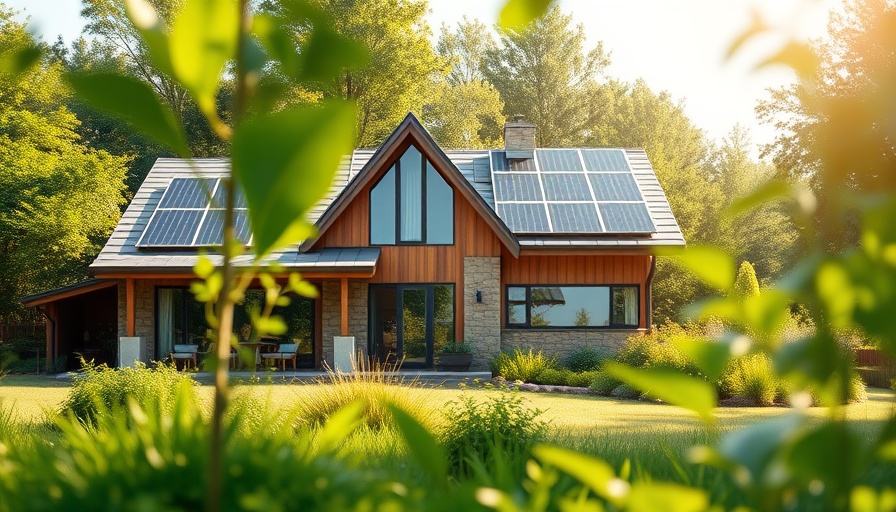
Understanding the Urgency of Sustainable Energy Transitions
Southeast Asia is on the brink of a renewable energy revolution, with countries racing against time to meet their clean power targets by 2030. However, this transition is fraught with potential risks. Recent legal actions against renewable energy projects indicate that poor planning and inadequate environmental safeguards could pose serious challenges to sustainable development.
The Need for Thoughtful Siting Practices
While renewable energy technologies like solar and wind power promise a greener future, their implementation has not been without controversy. Poor siting decisions for these projects can lead to conflicts with local communities and conservation groups, ultimately jeopardizing environmental conservation efforts. In the Philippines, for instance, the rapid approval of renewable energy initiatives has sparked protests over land rights and ecological concerns.
Examples of Pushback and Its Implications
The controversy surrounding renewable energy projects is not limited to Southeast Asia. In Sri Lanka, international conglomerates like Adani have faced significant backlash due to proposed wind farms threatening vital ecosystems. As the world's environmental consciousness evolves, local opposition to such projects will likely intensify, showcasing the need for comprehensive public consultations and environmental assessments.
Insights on Sustainable Planning
A successful energy transition requires striking a balance between rapid deployment of renewable technologies and safeguarding the environment. Industry experts emphasize that speed should not override the necessity for responsible planning, ensuring that projects are considerate of biodiversity, community needs, and conservation priorities. Education on the ecological footprint of large-scale energy projects is vital for informed decision-making among stakeholders.
Future Challenges and Opportunities
As the infrastructure for renewable energy expands, countries must confront new challenges such as establishing adequate transmission networks and land-use efficiency. It is imperative for governments to develop regulations that embrace both renewable energy growth and environmental protection. Failing to do so might not only slow down the energy transition but could also harm public support for green initiatives.
Case Studies: Learning from the Field
Analyzing existing cases of renewable energy projects provides valuable insights. For example, the Philippine government's issuance of ‘green lane certificates of endorsement’ for renewable projects has faced criticism due to concerns over insufficient environmental assessments. This emphasizes that while expediency can bolster renewable energy investments, it should not occur at the expense of due diligence and community engagement.
Embracing Eco-Conscious Solutions
There is a pressing need for sustainable practices that champion ethical sourcing and minimize the carbon footprint of projects. By adopting eco-friendly technologies and sustainable practices, countries can enhance their renewable energy strategies while prioritizing environmental stewardship. Embracing solutions such as sustainable agriculture and green job creation can also complement energy goals.
Concluding Thoughts: Moving Forward Responsibly
The shift to renewable energy in Southeast Asia holds immense promise for combating climate change and fostering sustainable development. However, overcoming the challenges posed by poor siting requires a commitment to responsible planning, stakeholder engagement, and respect for the natural ecosystem. A thoughtful approach can pave the way for a future where both communities and the environment thrive alongside green energy projects.
 Add Row
Add Row  Add
Add 



Write A Comment